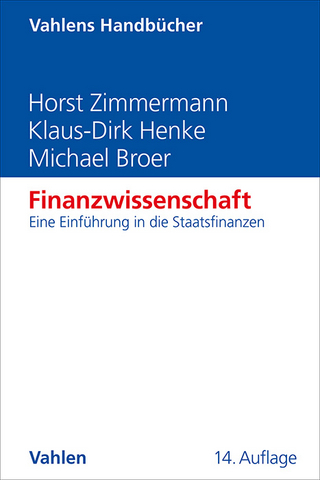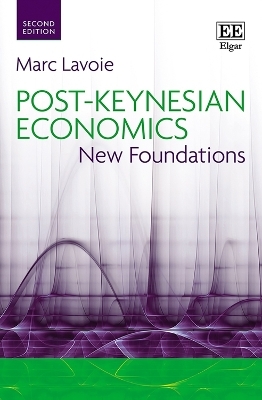
The Collapse of Exchange Rate Regimes
Springer (Verlag)
978-0-7923-9869-1 (ISBN)
Open Economies Review.- Currency Crises—Introduction.- Why Clashes Between Internal and External Stability Goals End In Currency Crises, 1797-1994.- Analyzing and Managing Exchange-Rate Crises.- A Currency Transactions Tax, Why and How.- The Mexican Financial Crises of December 1994 and Lessons to be Learned.- Country Fund Discounts and the Mexican Crises of December 1994.- Speculative Attacks and Currency Crises: The Mexican Experience.- A Random Coefficient Model of Speculative Attacks: The Case of the Mexican Peso.- The Lira and the Pound in the 1992 Currency Crisis: Fundamentals or Speculation?.- Economic Models of Speculative Attacks and the Drachma Crisis of May 1994.- The European Monetary System: Crisis and Future.- The Lender of Last Resort Function Under a Currency Board: The Case of Argentina.- The Behavior of Foreign Currency Holdings During Currency Crises: Cause and Consequences.
| Zusatzinfo | V, 247 p. |
|---|---|
| Verlagsort | Dordrecht |
| Sprache | englisch |
| Maße | 170 x 244 mm |
| Themenwelt | Wirtschaft ► Volkswirtschaftslehre ► Finanzwissenschaft |
| Wirtschaft ► Volkswirtschaftslehre ► Makroökonomie | |
| ISBN-10 | 0-7923-9869-6 / 0792398696 |
| ISBN-13 | 978-0-7923-9869-1 / 9780792398691 |
| Zustand | Neuware |
| Haben Sie eine Frage zum Produkt? |
aus dem Bereich


